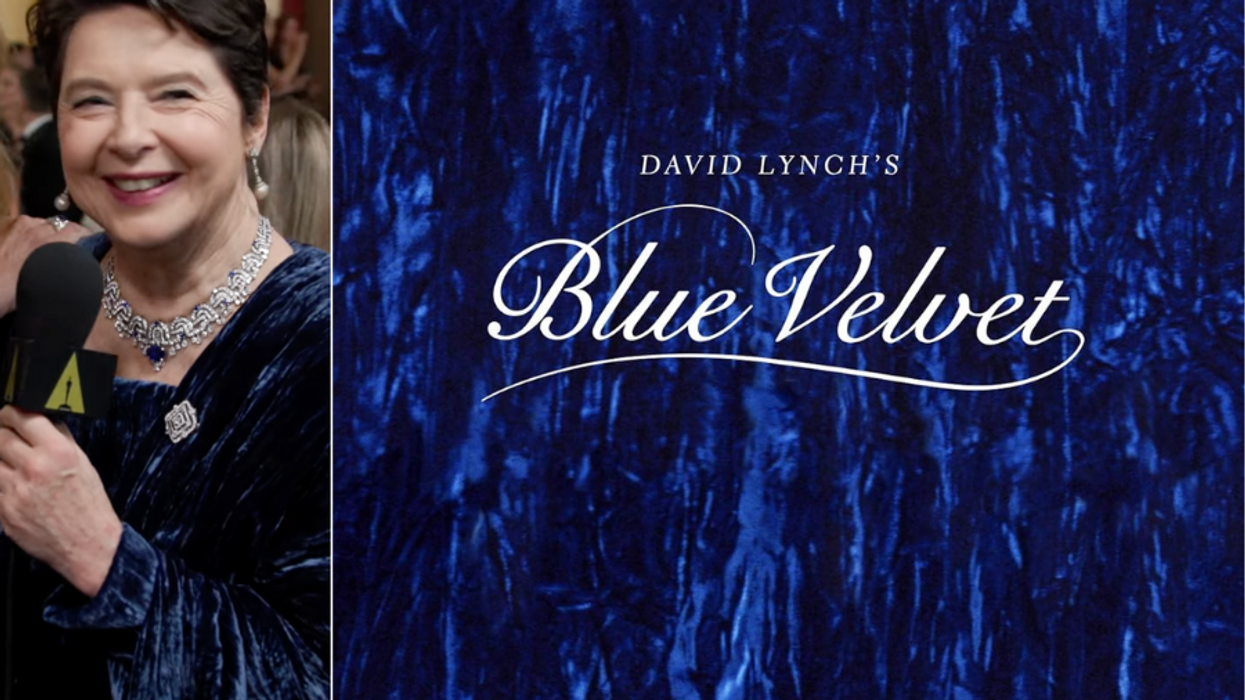If we don't eat dogs, should we eat any meat? Should you care about the vegetarian author's latest provocation? I do.
Almost everything intersects with animal agriculture. Almost everything we talk about and care about: whether it's the environment; whether it's what it means to be human; whether it's how we treat people; how we treat animals; consumption; America's place in the world. Basically, animal agriculture is the most important example of each of these things and it's not a part of any of these conversations. – Jonathan Safran Foer
Early in his new book, Eating Animals, Foer makes the case for eating dogs. While sleeping with your sister might be a taboo for good reason, man does not universally avoid platefuls of dog-although it's clearly taboo in the United States. (Dog is one of the only animals Anthony Bourdain wouldn't eat on his 2001 world television tour.) With 3 to 4 million dogs euthanized annually, why waste all that good dog meat? Foer has a suggestion, a sure-fire recipe from the Philippines: Kill the dog, marinate it, and fry the meat with onions and pineapple.
Foer knows how to create compelling stories. Like his two previous novels, Everything Is Illuminated and Extremely Loud and Incredibly Close, he deploys humor-a smart, ironic shtick-to approach difficult subjects. A dead dog is no laughing matter, but his recipe makes us question a more generalized hunger for meat. His case for eating a dog simply raises the much larger questions he's getting at. Just because we can eat meat, should we? And should we be eating animals if they're capable of suffering and, despite this, we force them to live in nauseating, nightmarish factories?
Foer spent a year and a half earnestly traveling to many places that will sound familiar to readers of Michael Pollan or Saveur. He visits heritage chicken farmer Frank Resse, Niman Ranch founders Bill and Nicolette Niman, and free-range pig farmer Paul Willis. He sneaks on to a factory farm. He uses worker testimonies to recreate the macabre drama of the kill room floor and describes how pig runts are "thumped" to death. He writes that longline fishing kills millions of sea animals that are dumped into the ocean dead as bycatch. He finds that animals produce more waste than cities.
The book does not conclude with a simple seven-word diet mantra (a la Pollan's eat food, mostly plants, not too much) that will echo around the blogosphere. It's not that simple an argument. But let's be clear, Eating Animals is not ambivalent, either. Foer knows that food and the meanings we give to food are messy and complicated. On page 13, he writes, "A straightforward case for vegetarianism is worth writing, but it's not what I've written here." The book is rather a perplexing, complicated set of provocations disguised as stories intended to raise more questions than answers.
Foer's doubts about staunch vegetarianism arise from the richness of eating like an omnivore-eating sushi, steak, and fried chicken. While Foer can see the appeal of free-range and humanely slaughtered beef, ethical meat only reaches a narrow demographic (a population about the size of New York City). And ultimately, he finds that eating any meat requires a kind of forgetting about animal suffering that he can't seem to shake. Foer also recognizes the powerful significance of food fellowship, sharing memories of his grandmother's chicken or his family's gefilte fish. When he refuses to eat even a thin slice of humane ham, he's aware that his gesture implies a larger refusal-as if he's rejecting friendship and everything he's just heard about ethical pork.
But Foer does not want to close himself off to anyone. Listening to others is what makes his writing exceptional. He's a vegetarian who can listen to and understand the arguments made by selective omnivores. He listens to a factory farmer. He listens to PETA activists, a vegetarian who works on a beef cattle ranch, and a vegan who builds slaughterhouses.
In the last 20 years, there have been dozens of books exposing the dark side of meat-Eric Schossler's Fast Food Nation, Jeremy Rifkin's Beyond Beef, Gail Eisnitz's Slaughterhouse, or Betty Fussell's Raising Steaks. Eating Animalsfollows suit. It shows what is so disgusting about meat and doesn't really serve up much in the way of alluring alternatives. (The book's only recipe is the one above, dog.) But, in the end, that's not why we're at Foer's dinner party. You should read it for his acute ability to simultaneously entertain and provoke. And unlike its more polemical forebears, the stories will should reach farther into our minds and stomachs. Be prepared to upset both.
"I DO" illustration from the book, by Tom Manning.













